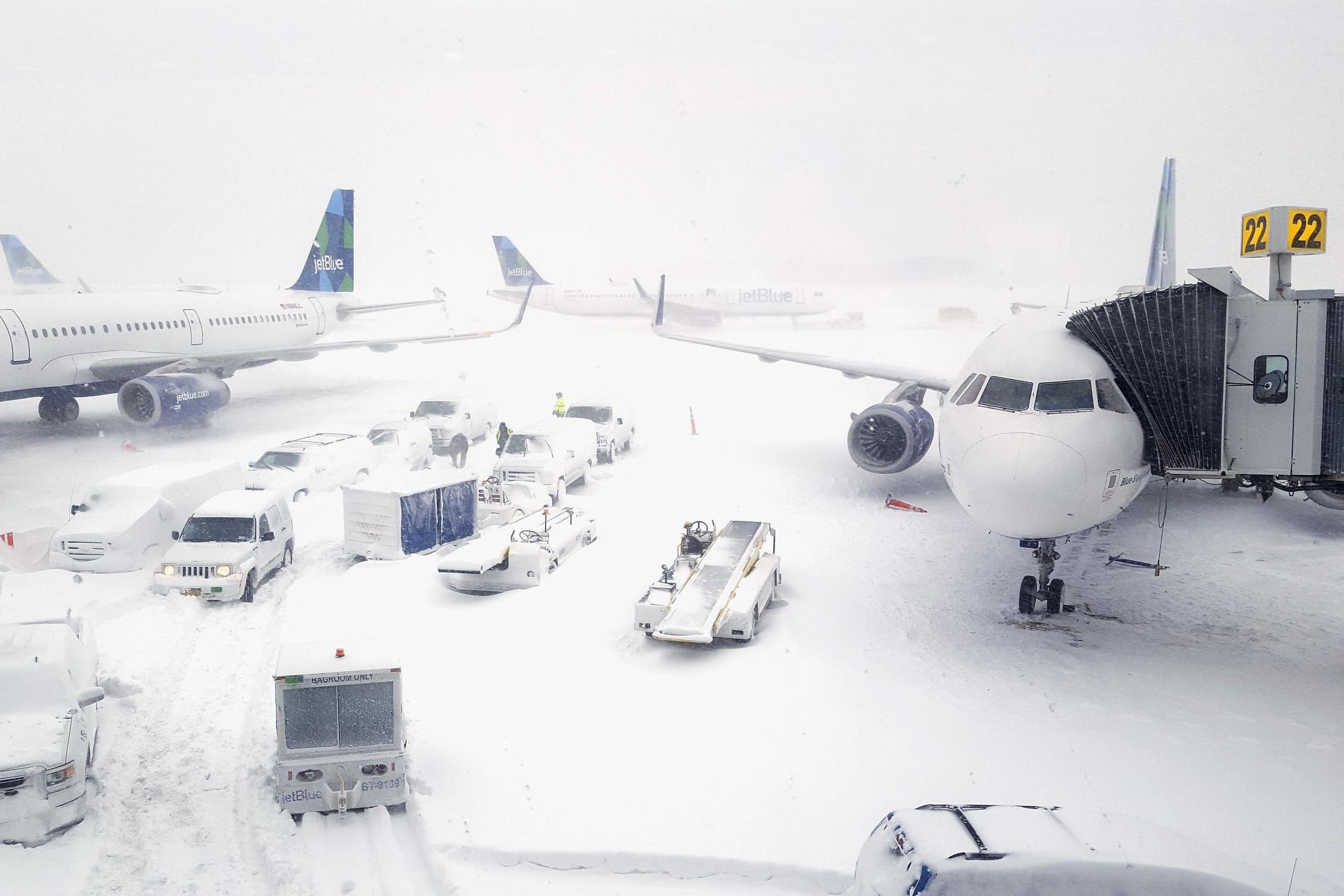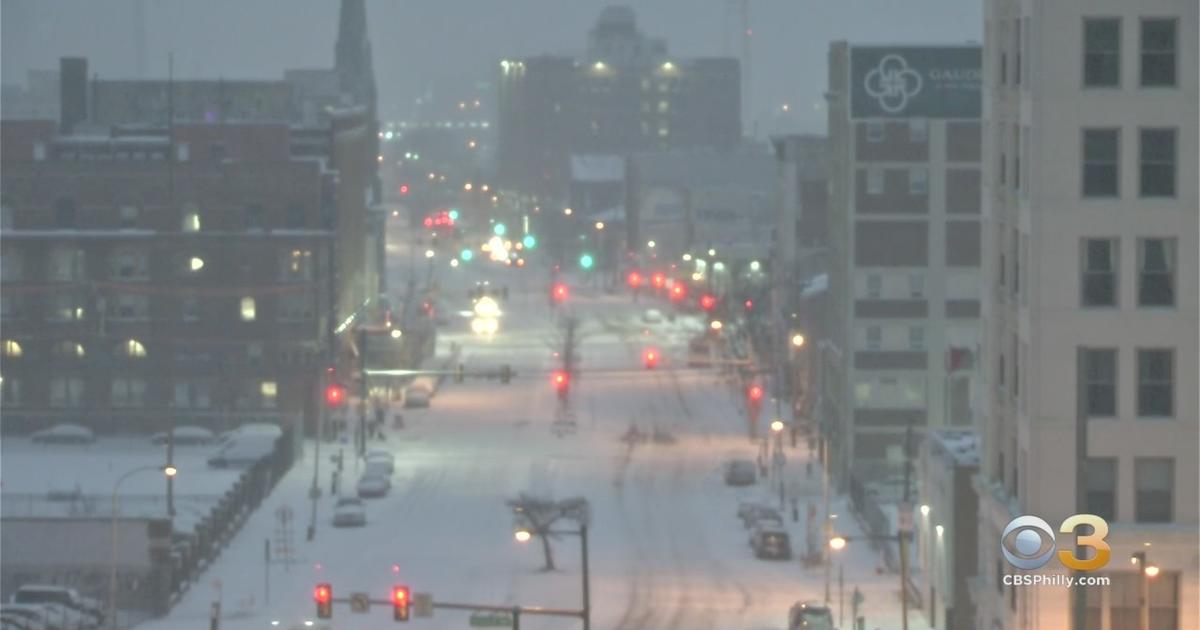Philadelphia Airport’s July Snowfall History

July snowfall philadelphia airport – Philadelphia Airport has a long and storied history of July snowfall events. These occurrences are rare but not unheard of, and they can range in intensity from a light dusting to several inches of accumulation. In this section, we will provide a comprehensive overview of July snowfall events at Philadelphia Airport, discussing their frequency, intensity, and duration. We will also elaborate on any notable or record-breaking snowfall events that have occurred in the past.
The recent snowfall in Philadelphia airport, a rare occurrence in July, has left many travelers stranded. The unexpected weather has caused delays and cancellations, leaving passengers scrambling to find alternative arrangements. While some have turned to social media to express their frustrations, others have found solace in the unexpected beauty of the snow-covered tarmac.
As the snow continues to fall, one can’t help but think of the tenacity of those who must brave the elements, like Katie Britt , a meteorologist who has been tirelessly tracking the storm’s progress. As the airport slowly returns to normal, the snowfall will serve as a reminder of the power of nature and the resilience of those who work in its midst.
Frequency of July Snowfall Events
July snowfall events at Philadelphia Airport are relatively rare. On average, the airport experiences less than one inch of snowfall in July every ten years. However, there have been a few notable exceptions to this rule. In 1993, the airport recorded 2.2 inches of snowfall on July 20th, and in 1989, the airport recorded 1.5 inches of snowfall on July 11th. These events are considered to be outliers, and they do not represent the typical July snowfall pattern at Philadelphia Airport.
Intensity and Duration of July Snowfall Events
When July snowfall events do occur at Philadelphia Airport, they are typically light in intensity and short in duration. The majority of July snowfall events produce less than one inch of accumulation, and they typically melt away within a few hours. However, there have been a few exceptions to this rule. In 1993, the airport recorded 2.2 inches of snowfall on July 20th, and this snowfall lasted for several days before finally melting away.
The snowfall in Philadelphia airport in July was a rare occurrence, even for the locals. It was a beautiful sight to behold, but it also caused some travel delays. One of the people who was delayed was J.D. Vance’s wife, Usha Chilukuri.
She was on her way to a conference when her flight was canceled due to the snow. She ended up having to spend the night in Philadelphia before she could finally make it to her destination. Despite the inconvenience, she said she was grateful for the opportunity to see the snow.
J.D. Vance’s wife is a lawyer and a former policy director for the U.S. Department of Justice. She is also the co-founder of a non-profit organization that provides legal assistance to low-income families. She is a strong advocate for education reform and has written extensively on the topic.
The snowfall in Philadelphia airport was a reminder of the beauty of nature, even in the most unexpected of places.
Notable July Snowfall Events
The most notable July snowfall event in Philadelphia Airport history occurred on July 20th, 1993. On this day, the airport recorded 2.2 inches of snowfall, which is the highest July snowfall total on record. This snowfall event was caused by a combination of factors, including a cold front that stalled over the region and a low-pressure system that brought moisture into the area. The snowfall lasted for several days before finally melting away.
Causes and Meteorological Factors
The occurrence of snowfall in Philadelphia during July is an uncommon meteorological phenomenon that defies the city’s typical summer climate. This intriguing weather event is attributed to a confluence of specific atmospheric conditions that align to produce snowfall despite the warm season.
To understand the meteorological factors that contribute to July snowfall in Philadelphia, we must delve into the atmospheric dynamics that make this phenomenon possible. Firstly, the presence of an upper-level trough or low-pressure system is crucial. This trough acts as a channel for cold air from higher latitudes to descend towards the region.
Atmospheric pressure plays a significant role in shaping the conditions conducive to July snowfall. A sharp pressure gradient between the cold air aloft and the relatively warmer air near the surface creates instability in the atmosphere. This instability promotes the development of convective clouds, which are essential for snowfall to occur.
Furthermore, the availability of moisture is another key factor. Moisture in the atmosphere, often originating from nearby water bodies such as the Atlantic Ocean, is drawn into the convective clouds by updrafts. As the moisture rises, it cools and condenses into ice crystals, forming snowflakes.
The unique atmospheric dynamics that make July snowfall possible in Philadelphia are a combination of these meteorological factors. The presence of an upper-level trough, a steep pressure gradient, and sufficient moisture availability create the conditions necessary for the formation and precipitation of snowflakes, resulting in the rare occurrence of snowfall during the summer months.
Impacts and Responses: July Snowfall Philadelphia Airport

July snowfall at Philadelphia Airport can have significant impacts on airport operations, infrastructure, and surrounding communities. The challenges of managing and responding to these events require careful planning and coordination.
The sudden and unexpected nature of July snowfall can disrupt airport operations, leading to flight delays, cancellations, and diversions. The accumulation of snow and ice on runways, taxiways, and aircraft can create hazardous conditions for takeoff and landing, requiring extensive snow removal efforts. Airport infrastructure, such as terminals, baggage handling systems, and ground support equipment, can also be affected by snow and ice, leading to operational disruptions.
Challenges and Strategies
Managing and responding to July snowfall events requires a comprehensive approach involving multiple stakeholders. Airports must develop and implement emergency response plans that Artikel clear roles and responsibilities for snow removal, deicing, and other operations. Effective coordination between airport authorities, airlines, ground handling companies, and emergency responders is crucial to ensure a timely and efficient response.
Snow removal is a critical aspect of managing July snowfall. Airports employ a range of equipment, including snowplows, brooms, and deicing trucks, to clear runways, taxiways, and other critical areas. Deicing agents, such as glycol and urea, are used to prevent snow and ice from adhering to aircraft surfaces.
In addition to snow removal, airports must also address the impacts of snowfall on surrounding communities. Snow and ice can block roads and sidewalks, making it difficult for employees and passengers to access the airport. Airports often work with local authorities to coordinate snow removal efforts and ensure the safety of the traveling public.
Case Studies, July snowfall philadelphia airport
Several airports have implemented innovative approaches to mitigating the effects of July snowfall. For example, Philadelphia International Airport (PHL) has invested in a state-of-the-art snow removal system that uses a combination of snowplows, brooms, and deicing trucks to clear runways and taxiways quickly and efficiently. PHL also has a dedicated team of snow removal personnel who are trained to respond to snowfall events around the clock.
Another example is Denver International Airport (DEN), which has developed a comprehensive snow and ice management plan that includes a fleet of specialized snow removal equipment and a team of highly trained snow removal personnel. DEN also uses a variety of deicing agents and technologies to prevent snow and ice from adhering to aircraft surfaces.
These case studies demonstrate the importance of careful planning and coordination in managing and responding to July snowfall events. Airports that invest in state-of-the-art snow removal equipment and train their personnel to respond quickly and efficiently can minimize the impacts of snowfall on airport operations and surrounding communities.